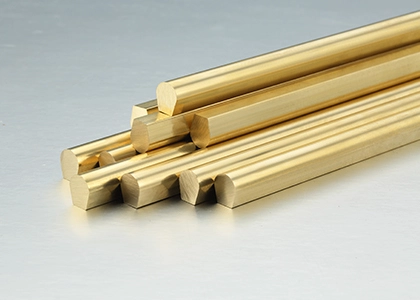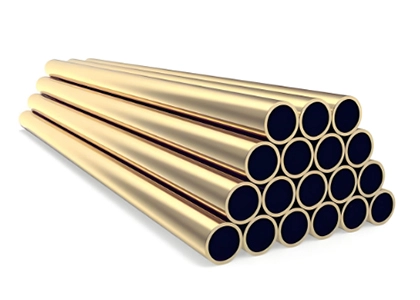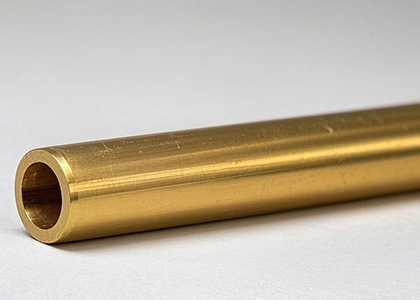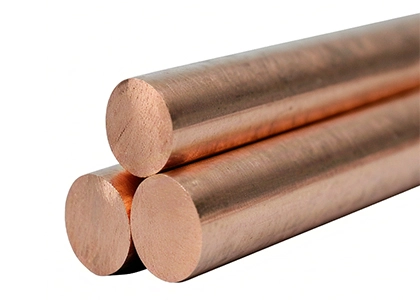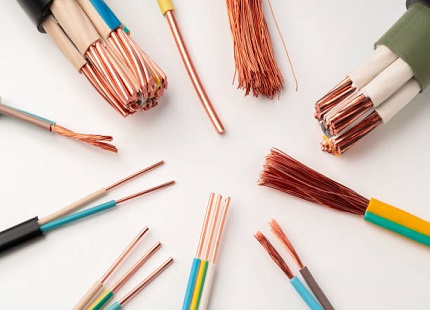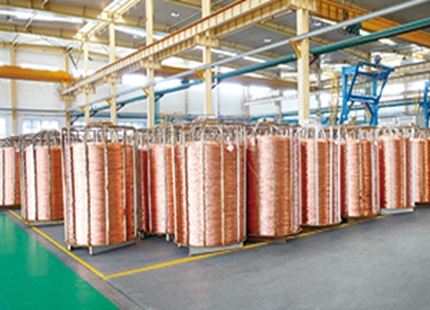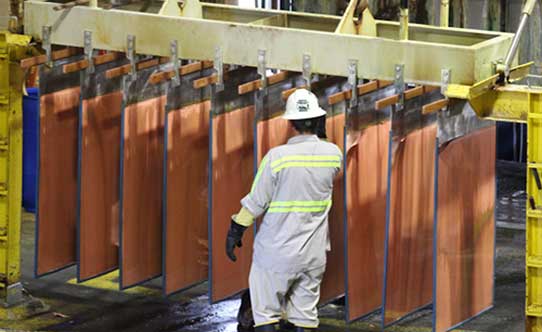Designation and Standards
Standard Designation: H63 (Common Brass)
International/National Standards: GB/T 5231-2012, GB/T 2059-2000 (Strips)
Equivalent International Grades: American Standard C27200, Japanese Standard C2720
Material Category: Copper-Zinc Alloy (Cu-Zn), Copper Content 62.0%-65.0% and zinc as the balance.
Product Features
Excellent Ductility: Exhibits good plasticity in both hot and cold conditions, making it suitable for deep drawing, bending, and other complex forming processes.
Balanced Strength and Workability: Tensile strength is ≥370 MPa; excellent performance in both cold and hot working , and supports welding, soldering and brazing, and other processes.
High Cost-Effectiveness: Low cost, making it one of the most widely used common brasses.
Limited Corrosion Resistance: Performs well in freshwater and atmospheric environments, but is prone to corrosion cracking in seawater or high-stress environments (corrosion rate approximately 0.1 mm/a).
Common Product Forms and Specifications
Product Form | Specification Range | Delivery Condition |
Plate | Thickness: 0.2–100 mm, Width: 305–1000 mm | R (Hot Rolling), M (Annealed), Y (Hard )etc. |
Strip | Thickness: 0.01–3.0 mm | M, Y2 (1/2 Hard), etc. |
Tube | Outer Diameter: 6–530 mm, Wall Thickness: 0.5–50 mm | M, 1/2 Hard |
Bar | Diameter: 4–350 mm, Length: 2500–6000 mm | Black Round and Bright drawn Bars |
Wire | Diameter: 0.1–12.7 mm | Coils or Straight Rods |
Chemical Composition
Element | Content (%) |
Cu | 62.0–65.0 |
Zn | Balance |
Pb | ≤0.03–0.08 |
Fe | ≤0.07–0.15 |
Total Impurities | ≤0.3–0.5 |
Physical Properties
Performance Parameter | Value | Remarks |
Density | 8.43–8.47 g/cm³ | Advantage for lightweight design |
Electrical Conductivity | Approximately 24% IACS (soft state) | Lower than pure copper; meets general conductivity requirements |
Thermal Conductivity | 116.7–123 W/(m·K) | Close to pure copper; suitable for heat dissipation components |
Coefficient of Linear Expansion | 20.6×10⁻⁶/℃ (20–300℃) | Good thermal stability |
Elastic Modulus | 105 GPa | Material rigidity index |
Mechanical Properties
Performance Parameter | Value | Test Condition |
Tensile Strength (σb) | ≥370 MPa | Longitudinal room temperature tension test on bars |
Elongation (δ10) | ≥15% | Typical value(Y) |
Hardness (HV) | 55–190 | Varies significantly with processing state |
Annealing Temperature | 520–650℃(Conventional Furnace Annealing) | Eliminate cold work hardening |
Core Advantages
Balanced Overall Performance: Offers excellent plasticity (among the best in brasses) and moderate strength, making it suitable for complex forming requirements.
Economic and Practical: Lower in cost compared to Alpha Brass Alloy (such as H68), making it ideal for large-scale production.
Diverse Forms: Available in various forms including plates, tubes, wires, etc., which meets customized industrial needs.
Product Applications
Machinery Manufacturing: Suitable for pins, rivets, washers, nuts, and other load-bearing parts.
Electronics and Electrical: Used in heat sink components, electrical terminals, and pressure gauge springs.
Construction and Shipbuilding: Employed in decorative grilles and water piping components (with necessary seawater protection).
Sugar and Paper Industries: Applied in sugar machinery components and metal screens for papermaking.
Processing Considerations
Annealing Treatment: After cold working, annealing at 520–650℃ is required to relieve internal stresses and prevent stress corrosion cracking.
Welding Process: Argon protected welding is recommended to reduce porosity defects caused by zinc evaporation.
Corrosion Protection: Avoid direct use in seawater environments; use protective coatings or opt for Corrosion-Resistant Alloys (such as H68A).
Frequently Asked Questions
Q: What is the difference between H63 and H62 brass?
A: H63 has a higher copper content (62%–65% vs. H62's 60.5%–63.5%), offering superior ductility ideal for deep drawing components, whereas H62 provides higher strength at a lower cost.
Q: How is the corrosion resistance of H63 in seawater?
A: The corrosion rate is approximately 0.1 mm/a. It is recommended to add a protective coating or choose Arsenical Brass (such as H68A).
Q: What are the typical application cases for H63?
A: It is widely used in pins, heat sink components, sugar machinery parts, and decorative elements in construction.
Standard References
Chemical Composition and Processing Standards: GB/T 5231-2012, GB/T 2059-2000.
Mechanical Properties Testing: GB/T 228.1 (Metal Tensile Testing).
International Standard: ASTM B36 (General Standard for Plates).
Note: The above data are consolidated from multiple industrial standards and technical documents. Actual performance may vary slightly due to production processes and testing conditions. Please refer to the supplier's test report for detailed specifications.

 English
English 한국어
한국어 français
français Deutsch
Deutsch Español
Español italiano
italiano العربية
العربية tiếng việt
tiếng việt Türkçe
Türkçe ไทย
ไทย 中文
中文
